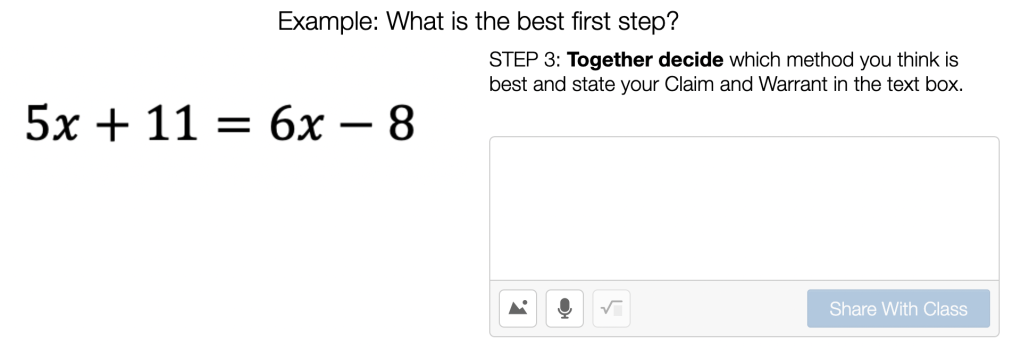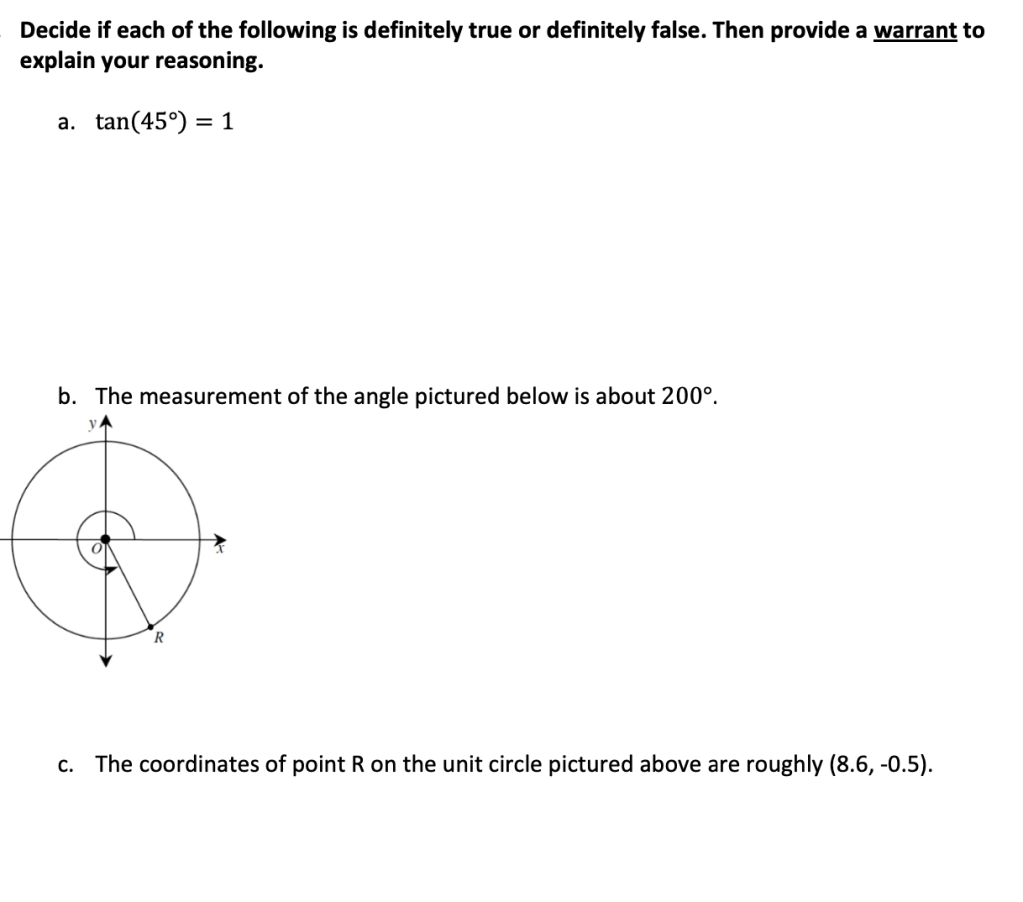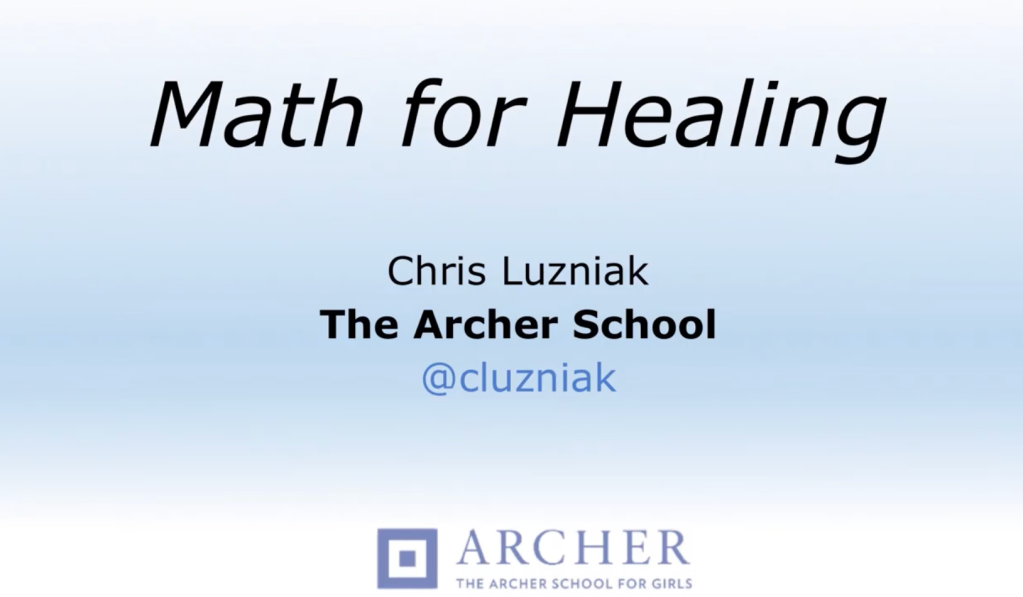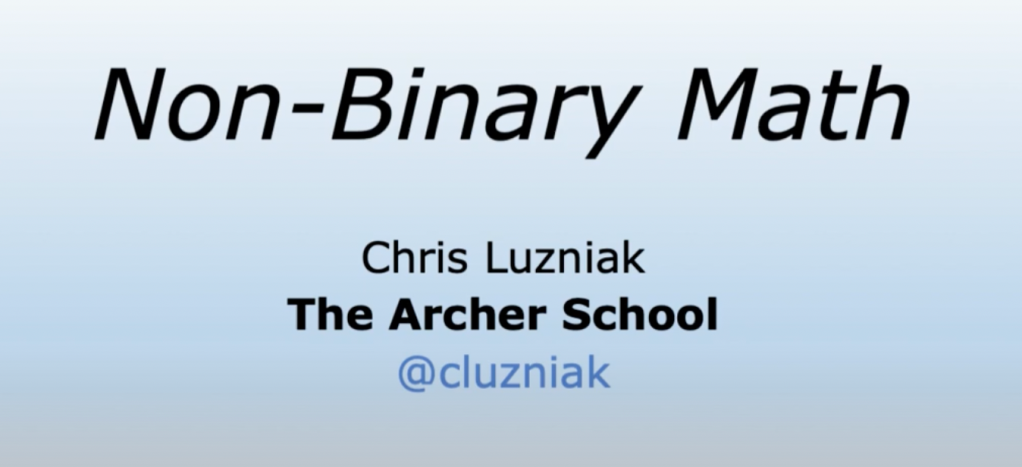While I speak a lot about getting students to debate in math class, I recently had the opportunity to speak about what adults can learn from debate (at the OMCA 2024 Retreat!). It’s something I’ve been spending more and more time thinking about and working on. In our highly politicized environment, where everyone seems to be competing for a viral sound byte, I think we can learn a lot by slowing down and having deep nuanced conversations (debates!). Some of the things I’ve been talking about include:
1) Everyone’s voice matters.
In an argument, people may be talking over each other. Or one person could dominate the discussion. To avoid dominance or groupthink, we need to give everyone a chance to be heard. This is where debate comes in. Debate is a structured conversation, where each person has time to share their thoughts (like an opening statement). To avoid overlooking details or brushing someone’s ideas aside, we need to give everyone, especially those who may be shy or more hesitant to speak out, a chance to talk.
2) Disconfirmation can lead to truth more than confirmation.
It’s natural for us to side with someone who we agree with or who feels “right.” However, many topics have complexities and nuances that we can easily overlook. If we only listen to people we agree with, we may miss important details. Sometimes both sides have something important to add to the conversation, and if we aren’t open to learning how we might be wrong, we may miss things. The more we try to prove ourselves wrong, the more we’ll learn what is really “true.”
3) Our brains are efficient/lazy.
In, perhaps, an effort to conserve energy, our brains often look for the easiest or most efficient solution. This is where biases can affect our reasoning. We try to fit each new situation into a pattern. This is also why groups have a big influence on our thinking. It’s easier to go along with the crowd. It takes thoughtful, conscious effort to question and analyze our reactions. Listening to debates is where I force myself to hear out both sides and think critically about the topic.
In conclusion:
To paraphrase author/debater Bo Seo in his book Good Arguments: perhaps the opposite of bad arguments isn’t calm or peacefulness. Perhaps the opposite of bad arguments is good arguments. In other words, perhaps we need to lean into arguments more. We shouldn’t avoid difficult conversations. Rather, we should have structures in place to argue in a healthy way when there are disagreements.
That’s why I’m doing my part to train adults in having good arguments (like formal debates), where we can grow and learn together.
I only hope school and political leaders can someday model this…









